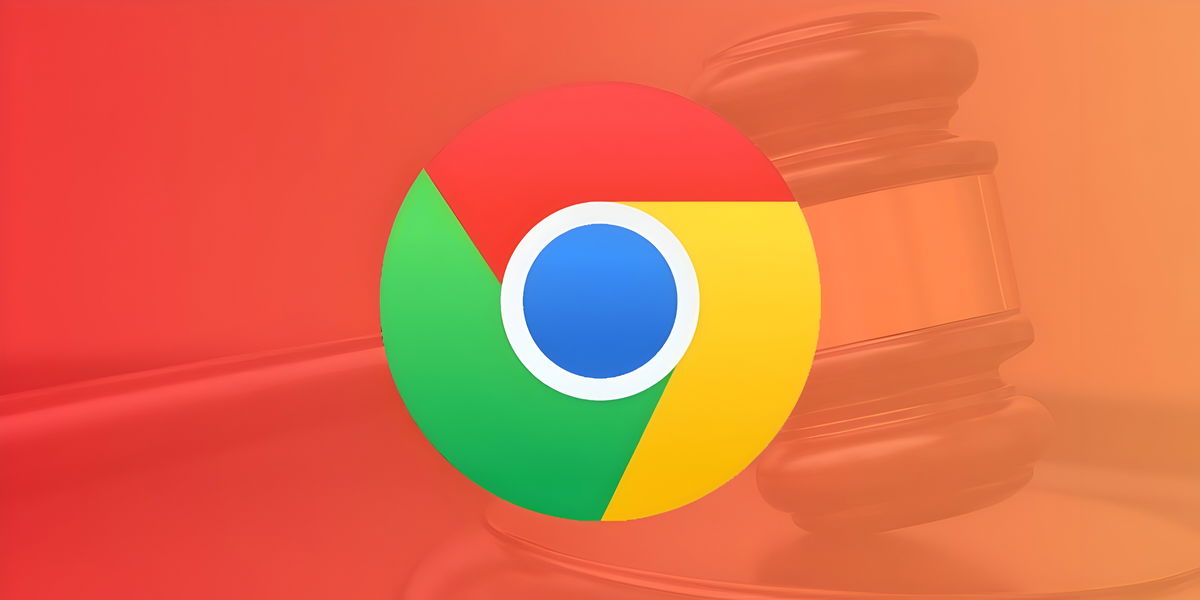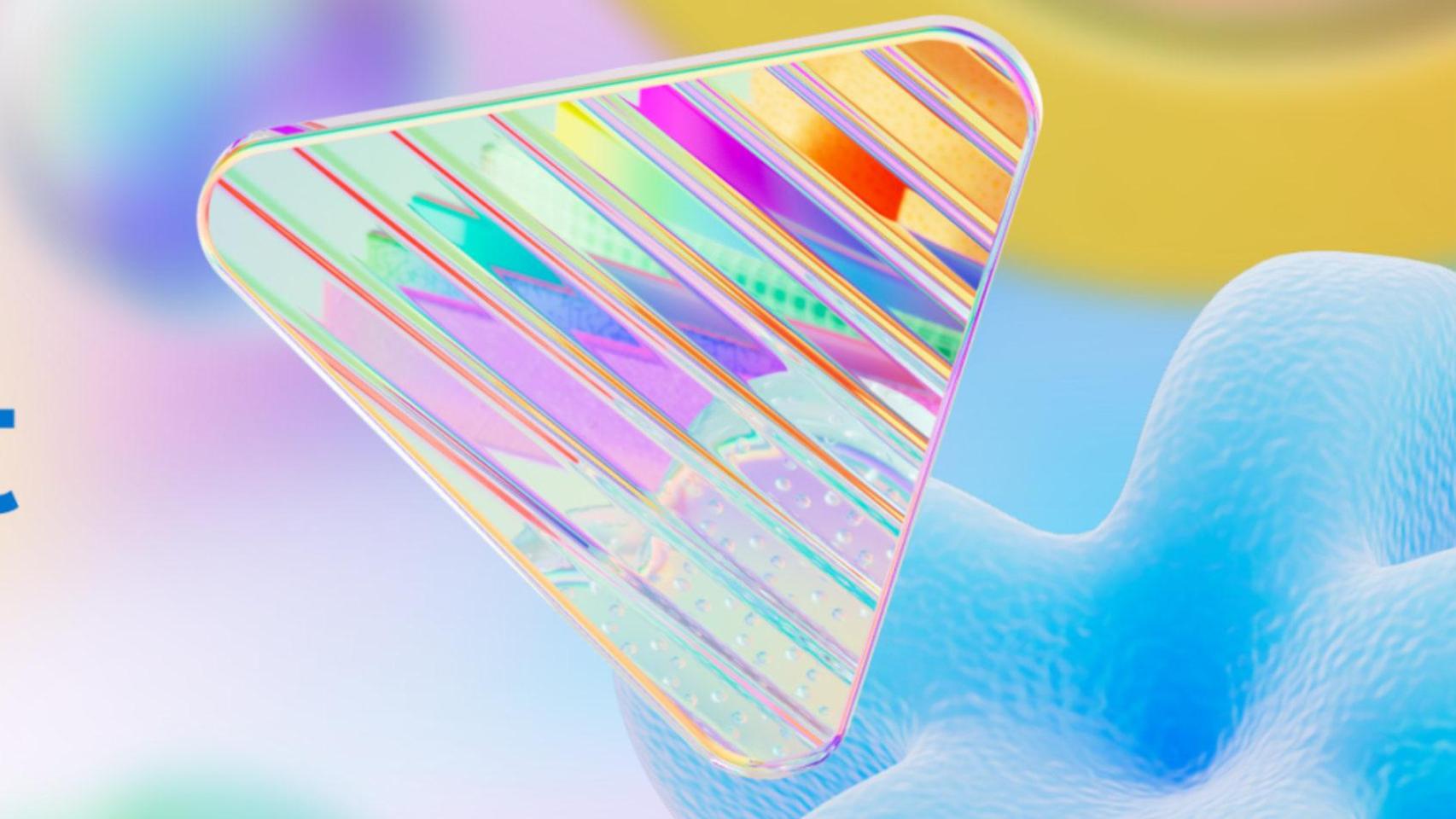
Why do the Japanese prefer the iPhone? With a plethora of cutting-edge smartphones and innovative features, the Japanese mobile market is truly one to watch.
But which phone rises above the rest and captures the hearts of tech-savvy Japanese consumers? We’re going to see it!
The iPhone triumphs in Japan
In the fourth quarter of 2023, Mobile phone shipments in Japan reached 8.3 million units, down 3.5% year-on-year (year-on-year). In the smartphone sector, iPhone shipments increased 3.4% year-on-year, while Android-based devices declined 8.7% year-on-year.
For fiscal 2023, mobile phone shipments in Japan decreased 11.6% year-on-year, totaling 30.3 million units. On smartphones, iPhone shipments decreased 6.1% year-over-year and Android-based devices declined 16.3% year-over-year.
According to the International Data Corporation’s (IDC) quarterly global mobile phone tracker, in the fourth quarter of 2023, mobile phone shipments in Japan totaled 8.3 million units, a decrease of 3 .5% compared to the same period last year. Additionally, smartphone shipments reached 8.28 million units, down 2.4% year-on-year.
While all quarters of 2023 saw declines from the previous year, the fourth quarter of 2023 saw shipments of over 8 million units, the only quarter to see such a situation. Demand began to improve in the second half, led by Apple,
Apple leader in Japan
Apple continues to dominate the smartphone market with strong demand for its iPhone 15 series. Sharp has regained its second position in the market with a consistent customer base in the senior segment for its affordable smartphones. Google achieved the largest profit and continued its strong growth trajectory since the second quarter of 2023.
Google quickly increased its share in 2023 after partnering with Docomo earlier in the year. Also in 2023, FCNT filed for civil rehabilitation and was acquired by Lenovo, while Kyocera announced plans to selectively withdraw from the consumer segment.
According to Masafumi Inbe, market analyst at IDC Japan:
“Japan is a market where local sellers have been exceptionally strong. However, amid increasing competition in the smartphone market, local suppliers in Japan are gradually finding it difficult to compete with global suppliers in terms of product development and competitiveness, including foldable smartphones and AI smart mobile phones. .
In 2024, besides Google, which has been growing rapidly, other global vendors such as Lenovo, which acquired FCNT, and Xiaomi, will strengthen their presence in the Japanese market. Meanwhile, local suppliers will be forced to reassess their position in the domestic market.
Sales percentages
The report noted that mobile phone shipments in Japan in the first quarter of 2023 stood at 7.75 million units, a year-on-year decline of 23.6%; among them, smartphone shipments were 7.59 million units, a year-on-year decline of 23.7%, or 98%.
Among smartphones, Apple shipped 4.17 million units, down 13.1% year-on-year, or 55.0%; Android phones shipped 3.42 million units, a 33.6% year-over-year reduction.
The majority of iPhones sold in Japan are 64GB and 128GB models, accounting for 80% of total iPhone shipments in Japan.
Most consumers Japanese people prefer older iPhones like iPhone 11, iPhone 12 and iPhone SE third generation. Sony is not on the list. While Sony uses the Snapdragon 888, Sony announced it signed a new deal with Qualcomm earlier today, according to The Elec.
Tsutomu Hamaguchi, General Manager of Sony’s Mobile Communications Division: “Sony’s latest flagship smartphone ‘Xperia 1V’, equipped with the second generation Snapdragon 8 mobile platform, receives excellent reviews from customers . Sony will continue to cooperate with Qualcomm in the future. “We will strive to deliver a powerful and differentiated experience through next-generation smartphones powered by Snapdragon processors.”
Sony, along with all Android phone makers, is hoping that Qualcomm’s 2024 processor, known as Oryon, can finally match or exceed the power of Apple’s A-series processor.
The Japanese market
Japanese consumers showed a clear preference for iPhones in July 2023. iPhones occupied three of the top five positions in the sales ranking of smartphone models in Japan, led by the iPhone 13 with a sales share of 26%.. The Google Pixel 7a and 6a were the only smartphones placed in the ranking that were not produced by Apple.
Since Japan, one of the first countries in the world, introduced smartphones in 1999, the proportion of smartphone users has increased: today, more than two-thirds of the Japanese population own a smartphone. A recent survey found that smartphones are the primary device for accessing the Internet. However, Japanese smartphone manufacturers have not benefited from this growth. While Japanese consumers have long preferred highly advanced domestic mobile phone brands, such as Sony, Panasonic and Sharp, these brands do not seem to be able to compete with Apple when it comes to smartphones.
When the iPhone first appeared on the Japanese market in the form of the iPhone 3G in 2008, SoftBank Corp., one of Japan’s leading mobile carriers, obtained exclusive rights and contributed to its success by implementing bold pricing and smart marketing campaigns. After overcoming skepticism from Japanese consumers unfamiliar with the newly introduced systems, iPhones began to dominate sales in the Japanese smartphone market. The brand’s popularity in the country increased when other major mobile operators provided iPhones alongside their own mobile networks, including KDDI in 2011 and NTT Docomo in 2013.
Table of Contents











